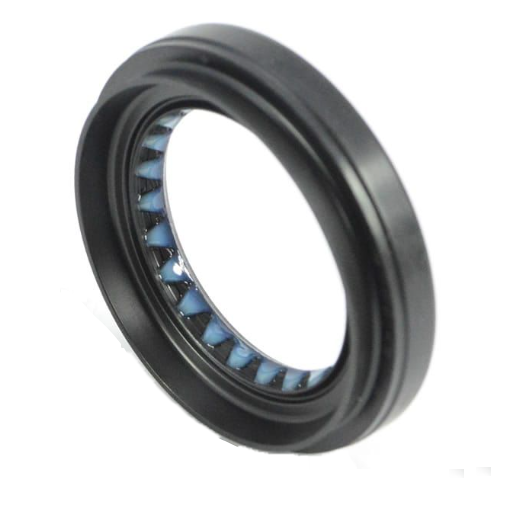38x52x7 oil seal
Understanding the 38x52x7 Oil Seal A Key Component in Mechanical Engineering
In the intricate world of mechanical engineering, components play vital roles in ensuring the efficiency and reliability of machinery. Among these components, oil seals are critical yet often overlooked. One such example is the 38x52x7 oil seal, a relatively small but essential part that helps maintain the integrity of various machinery by preventing the leakage of lubricants and contaminants.
The Importance of Oil Seals
Oil seals, also known as lip seals or shaft seals, are designed to retain lubrication while keeping dirt and debris out of moving parts. They are widely used in numerous applications, including automotive, industrial equipment, and hydraulic systems. Without effective oil seals, machinery would suffer from lubricant leakage, leading to increased friction, heat, and ultimately, equipment failure.
Specifications of the 38x52x7 Oil Seal
The designation of the oil seal—38x52x7—refers to its dimensions, where 38 mm represents the inner diameter, 52 mm is the outer diameter, and 7 mm indicates the thickness of the seal. This specific size is commonly found in various machinery such as engines, gearboxes, and pumps, where precise sealing is essential for optimal performance.
Material Composition
Oil seals are typically made from elastomers or rubber compounds capable of withstanding oil, heat, and various chemicals. The most popular materials include nitrile rubber (NBR), fluoroelastomer (FKM), and silicone rubber. The choice of material significantly impacts the oil seal's performance, longevity, and temperature resistance. For instance, NBR is suitable for moderate temperatures and oil resistance, while FKM offers superior performance in harsher environments.
38x52x7 oil seal

Installation and Maintenance
Proper installation is crucial for the effectiveness of the 38x52x7 oil seal. Before installation, it is essential to ensure that the mating surfaces are clean and free of debris. Any scratches or imperfections may compromise the seal’s ability to function, leading to premature failure. Using the right installation tools can help avoid damaging the seal during the process.
Regular maintenance is equally important. Operators should regularly inspect oil seals for signs of wear or damage, such as cracks, tears, or deformities. Prompt replacement of worn seals can prevent significant machinery malfunctions and costly downtime.
Applications of the 38x52x7 Oil Seal
The versatility of the 38x52x7 oil seal means it finds applications across various industries. In automotive engineering, these seals are critical in engines, transmissions, and differential units, where they prevent oil from leaking and keep contaminants out. In industrial applications, they are used in hydraulic cylinders, pumps, and gearboxes, ensuring that machinery operates smoothly and efficiently.
Conclusion
The 38x52x7 oil seal may be a small component in the vast landscape of mechanical engineering, but its significance cannot be understated. By serving as a barrier against oil leakage and contamination, it plays a crucial role in ensuring the longevity and reliability of machinery. Understanding its specifications, proper installation techniques, and maintenance practices can help engineers and technicians enhance the performance of their equipment, ultimately contributing to a more efficient and productive operation. In an era where machinery reliability is paramount, the role of oil seals like the 38x52x7 is as essential as ever.
-
Simplifying Oil Changes: A Comprehensive Guide to Oil Drain Plugs and Their Variants
News Aug.04,2025
-
Mastering Oil Drain Maintenance: Solutions for Stripped, Worn, and Upgraded Oil Plugs
News Aug.04,2025
-
Fixing Oil Pan Plug Issues: Leaks, Stripped Nuts, and the Right Replacement Solutions
News Aug.04,2025
-
Everything You Need to Know About Oil Drain Plugs: Sizes, Fixes, and Upgrades
News Aug.04,2025
-
Choosing the Right Oil Drain Plug: A Guide to Sizes, Materials, and Drain Innovations
News Aug.04,2025
-
A Complete Guide to Automotive Drain Plugs: Types, Problems, and Innovative Solutions
News Aug.04,2025
-
The Ultimate Guide to Car Repair Kits: Tools and Essentials Every Driver Should Own
News Aug.01,2025
Products categories















